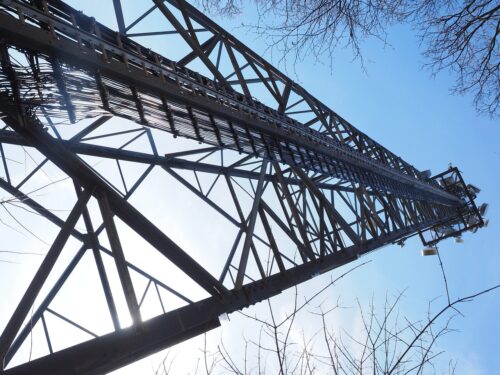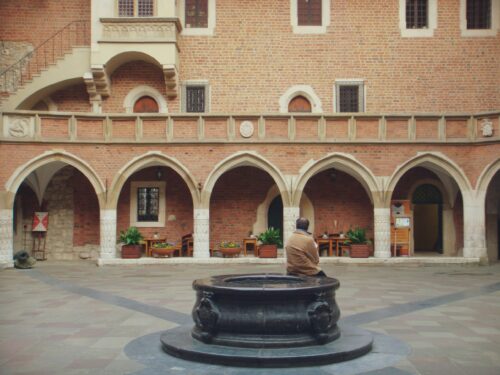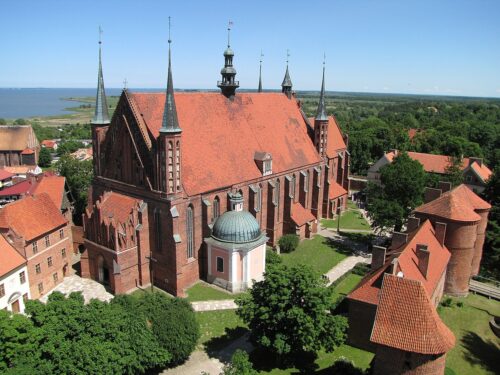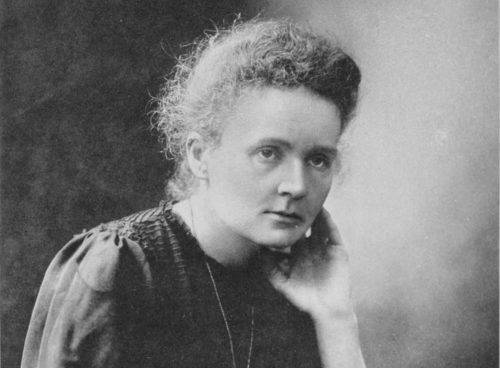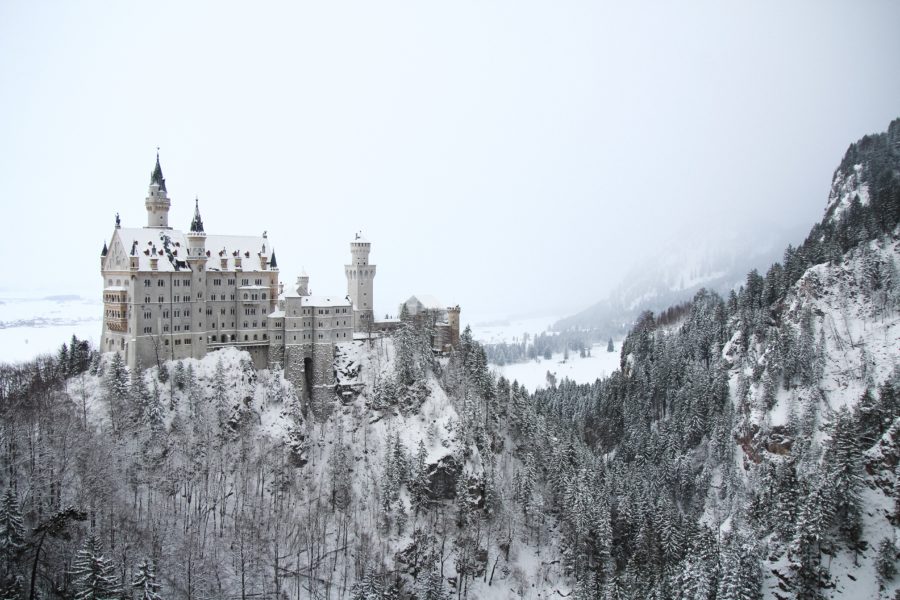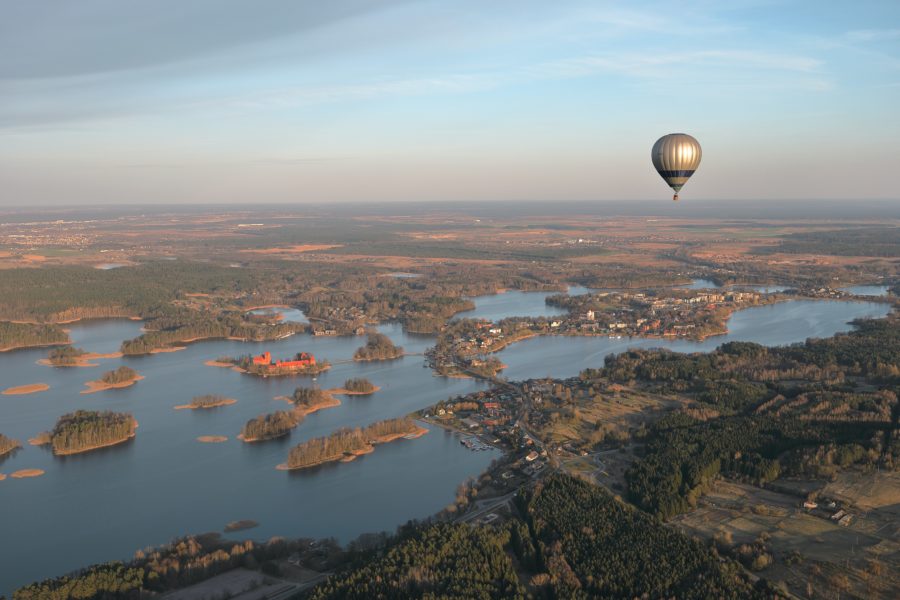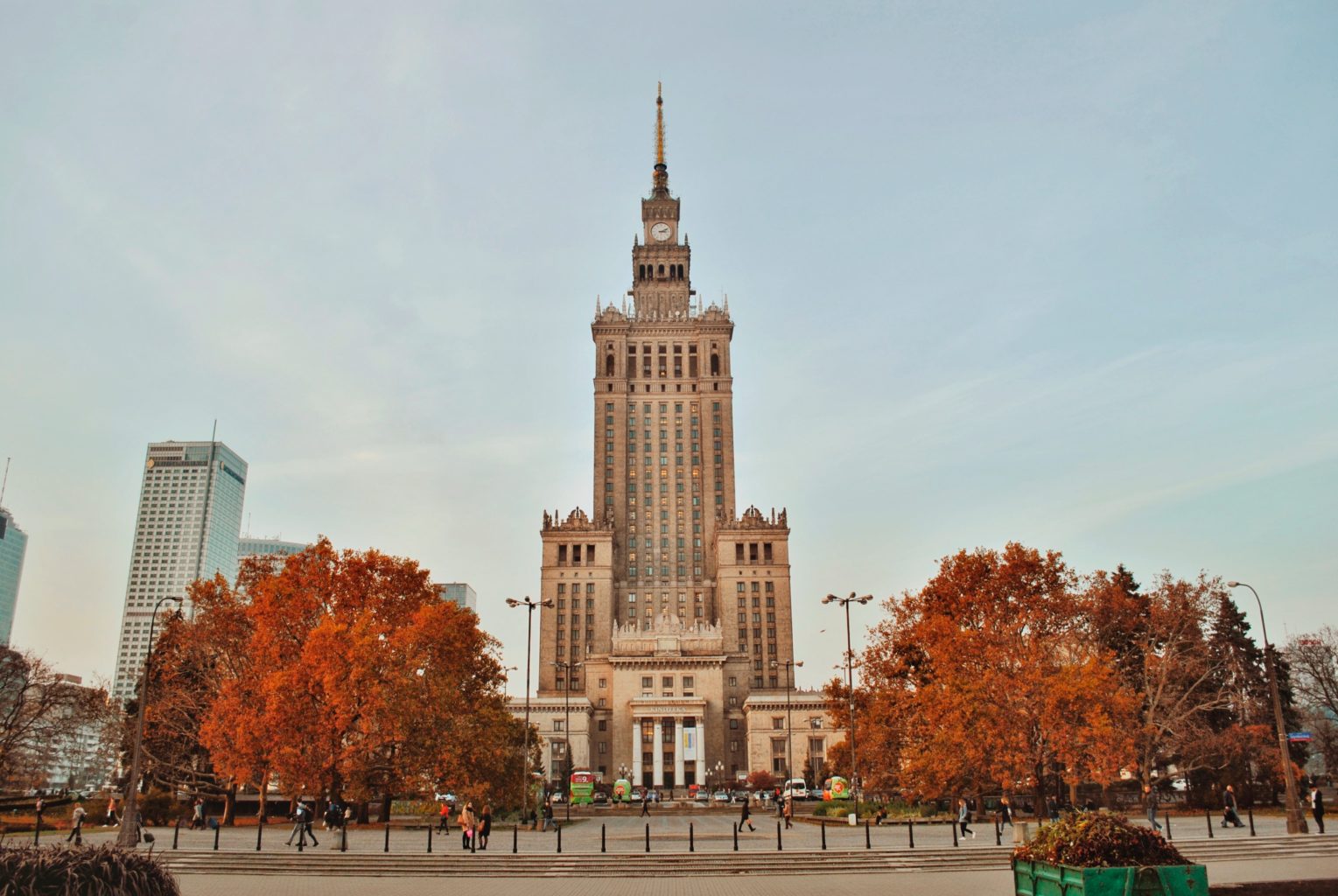
Poland
Poland
Science in Poland
The fact that the radioactive element polonium sounds a bit like "Poland" is no coincidence: it was discovered at the end of the 19th century by Marie Skłodowska-Curie, who named it after her home country. In addition to polonium, Curie also isolated the element radium for the first time. For this she received the Nobel Prize in Chemistry - her second. She had already received the first one years earlier in physics, together with her husband Pierre Curie and Antoine Henri Becquerel, for their work on radioactivity.
The Facts
| Population | 36,686,000 [1] |
| Area | 306,100 km² [2] |
| Gross domestic product per capita in US-Dollar | 21,996.0 [3] |
| Public expenditure on education (share of GDP) | 5.2 % [4] |
| Share of female researchers | 38.1 % |
| Universities | 379 |
| Universities per 1 million inhabitants | 9.90 |
| Students | 1,430,981 |
| Expenditure on Research and Development (share of GDP) | 1.2 (share of GDP) [5] |
Quellen:
-
↑
https://www.destatis.de/DE/Themen/Laender-Regionen/Internationales/Laenderprofile/polen.pdf?__blob=publicationFile
-
↑
https://www.destatis.de/DE/Themen/Laender-Regionen/Internationales/Laenderprofile/polen.pdf?__blob=publicationFile
-
↑
https://www.destatis.de/DE/Themen/Laender-Regionen/Internationales/Laenderprofile/polen.pdf?__blob=publicationFile
-
↑
https://www.destatis.de/DE/Themen/Laender-Regionen/Internationales/Laenderprofile/polen.pdf?__blob=publicationFile
-
↑
https://www.destatis.de/DE/Themen/Laender-Regionen/Internationales/Laenderprofile/polen.pdf?__blob=publicationFile


